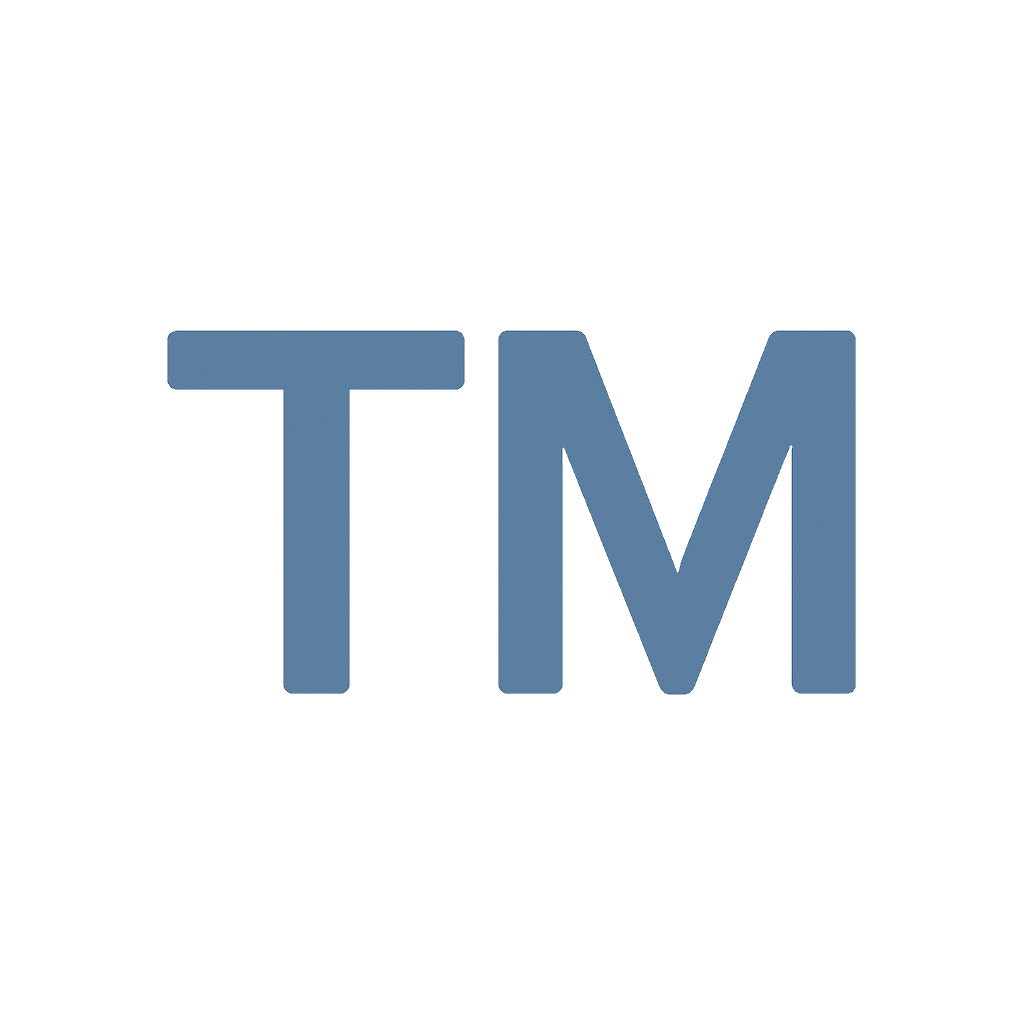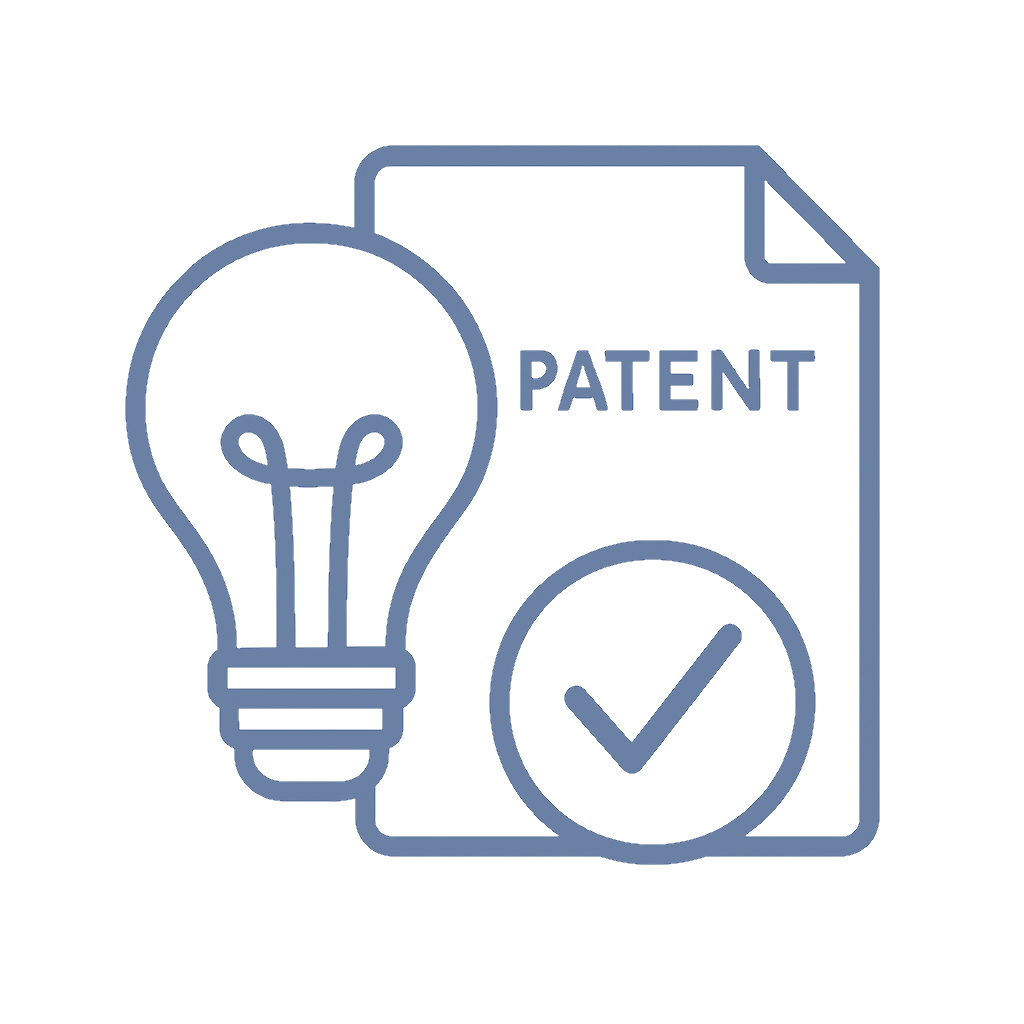📌 Quick Summary
1-Sentence Answer
When filing a U.S. non-provisional patent application, you can choose non-publication (best for U.S.-only protection), normal publication (required for foreign filings), or accelerated publication (to disclose sooner).
The Article Overview
This article explains the three USPTO publication options—non-publication, normal publication, and accelerated publication—highlighting the advantages, drawbacks, and strategic uses of each. It covers historical roots, business competition cases, common questions, myths, legal implications, and practical steps so innovators choose wisely between secrecy and disclosure.
❓ Common Questions & Answers
Q1: What is a non-publication request?
A non-publication request tells the USPTO to keep your patent application secret unless the patent is granted, ideal if you don’t plan to file abroad.
Q2: When is normal publication required?
If you plan to file outside the U.S., normal publication is mandatory because most foreign patent offices require disclosure at 18 months.
Q3: Why would someone want accelerated publication?
Accelerated publication makes your application public earlier than 18 months, useful for attracting investors or warning competitors quickly.
Q4: Does non-publication protect against competitors copying?
It prevents early disclosure, but once granted, the patent itself is public. It buys you time but doesn’t guarantee secrecy forever.
Q5: Can I withdraw a non-publication request?
Yes. If you later decide to file internationally, you must withdraw the request promptly to avoid invalidating your foreign filings.

📜 Step-by-Step Guide
-
Evaluate your business strategy – Decide if protection will remain U.S.-only or extend abroad.
-
Select the right publication option – Non-publication for U.S.-only, normal for foreign filings, accelerated for urgent disclosure.
-
File the correct paperwork – Submit Form PTO/SB/35 for non-publication at the time of filing.
-
Monitor deadlines – If plans change, withdraw the non-publication request before filing foreign applications.
-
Track USPTO updates – Ensure your publication status remains aligned with your evolving IP strategy.
📖 Historical Context
Patent publication rules stem from balancing secrecy with global transparency. Before 1999, U.S. applications remained confidential until granted, unlike Europe and Asia, which had long mandated publication at 18 months. The American Inventors Protection Act of 1999 aligned the U.S. with international norms, requiring most applications to be published 18 months after filing. However, Congress recognized many inventors filed only domestically. To protect these innovators from premature disclosure, lawmakers introduced the non-publication request. Later, accelerated publication was introduced for applicants eager to disclose early, often to deter competitors or aid fundraising.
This evolution reflects shifting global expectations. International systems demanded openness, while the U.S. tradition leaned toward secrecy. The compromise created a tiered system where inventors could choose based on commercial goals. For businesses focused solely on the U.S. market, secrecy remained a weapon against competitive design-arounds. For global enterprises, aligning with foreign rules became necessary. Today, this hybrid system allows U.S. inventors to strike a balance between confidentiality, compliance, and speed.
🏢 Business Competition Examples
-
Tech Startups – A software company filing only in the U.S. used non-publication to prevent rivals from copying features before the product launch.
-
Pharmaceutical Firms – Global pharma players rely on normal publication to comply with EU and Japanese rules, ensuring consistent protection worldwide.
-
Medical Device Startups – A firm seeking venture funding used accelerated publication to show investors pending claims, boosting credibility.
-
Consumer Electronics – A gadget maker chose normal publication, using early visibility to signal innovation leadership in global markets.
💬 Discussion Section
Publication choices define competitive posture. Non-publication is tactical silence. It lets businesses test markets, fundraise, or pivot without revealing technical details prematurely. Competitors cannot “design around” what they cannot see. This is particularly attractive for smaller firms with limited resources and U.S.-centric strategies. However, once granted, the patent is public, so secrecy is temporary.
Normal publication aligns with international standards. For companies with global ambitions, disclosure at 18 months is non-negotiable. While it gives competitors a head start in analyzing claims, it also provides a global footprint of defensive rights. For corporations, publication itself can serve as a deterrent—broadcasting pending claims to warn rivals of costly infringement battles.
Accelerated publication is niche but powerful. It serves startups seeking to demonstrate intellectual property strength in negotiations with investors or acquirers. It also helps incumbents publicly mark their territory faster, discouraging entry into contested technical spaces. However, this strategy accelerates competitive response and shortens the window of strategic ambiguity.
The publication choice is thus not just procedural—it is strategic signaling. It determines whether your competitors are left guessing, are forced into defensive postures, or are given clarity about where your innovation is heading. Each option has costs and benefits, shaped by jurisdictional rules, industry dynamics, and corporate objectives. Firms should align the publication strategy with broader business plans, not treat it as a box-checking exercise.

⚖️ The Debate
Pro Non-Publication
Keeps competitors in the dark longer. Ideal for small companies focused on the U.S. market. Reduces risk of premature disclosure. Avoids tipping off rivals about technical directions before products reach market maturity.
Pro Normal/Accelerated Publication
Essential for foreign filings. Publication at 18 months (or earlier) signals IP strength, attracts investors, and establishes public record. Large firms often prefer transparency because it can deter infringement globally.
✅ Key Takeaways
-
Non-publication is best for U.S.-only protection.
-
Normal publication is mandatory for international filings.
-
Accelerated publication speeds up visibility, helpful in niche cases.
-
Strategy should align with business goals, not just legal formalities.
-
Secrecy vs. transparency is a commercial decision, not merely legal.
⚠️ Potential Business Hazards
-
Filing abroad after a non-publication request without withdrawal risks invalidation.
-
Non-publication limits investor visibility if disclosure is needed for credibility.
-
Early publication gives competitors design-around opportunities.
-
Misalignment between legal and commercial strategy can waste IP resources.

❌ Myths & Misconceptions
-
“Non-publication means total secrecy forever.” False—granted patents are public.
-
“Normal publication protects better internationally.” It doesn’t give more protection, only enables compliance.
-
“Accelerated publication speeds up patent approval.” Wrong—it only speeds disclosure, not examination.
-
“Non-publication is cheaper.” No cost difference; it’s purely strategic.
📚 Book & Podcast Recommendations
-
Patent It Yourself by David Pressman – https://www.nolo.com/products/patent-it-yourself-pat.html
-
IP Goes Pop! Podcast – https://ipgopop.com/
-
The Patent Podcast – https://patentpodcast.com/
-
Innovation and Its Enemies by Calestous Juma – https://global.oup.com/academic/product/innovation-and-its-enemies-9780190467036
⚖️ Legal Cases
-
Festo Corp. v. Shoketsu Kinzoku Kogyo Kabushiki Co. – https://supreme.justia.com/cases/federal/us/535/722/ (Influenced doctrine of equivalents and scope of claims post-publication)
-
Pfaff v. Wells Electronics, Inc. – https://supreme.justia.com/cases/federal/us/525/55/ (Clarified on-sale bar relevance tied to disclosure and timing)
-
In re Application of Klopfenstein – https://casetext.com/case/in-re-klopfenstein (Discussed public disclosure in academic settings affecting patent validity)
-
OddzOn Products, Inc. v. Just Toys, Inc. – https://law.justia.com/cases/federal/appellate-courts/F3/122/1396/632001/ (Addressed prior art and publication issues affecting patentability)
📣 Expert Invitation
Want to explore whether non-publication, normal, or accelerated publication fits your IP strategy? Share your insights or questions with peers and experts at http://inventiveunicorn.com.

🔚 Wrap-Up Conclusion
The choice between non-publication, normal publication, and accelerated publication is more than a procedural checkbox. It defines how long competitors stay in the dark, how globally enforceable your IP becomes, and how quickly you broadcast innovation strength. For U.S.-only businesses, non-publication preserves secrecy. For global players, normal publication is mandatory. For those needing rapid market signaling, accelerated publication has its niche. Select wisely to align legal processes with commercial advantage.











